
If you have been using opiates for a while, chances are that you have become dependent on them. Unfortunately, with that dependence comes the extremely uncomfortable symptoms of opiate withdrawl…
Opiate withdrawl is not typically life threatening, although it often feels like it. The process of detoxing off of opiates comes with many symptoms that are extremely uncomfortable and difficult to manage. While going through an opiate detox is challenging, it is the first step to living a healthier, happier, drug free life.
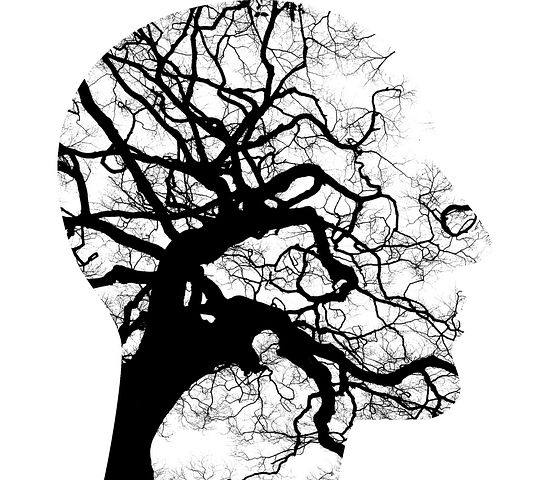
Did you know that extended use of opiates actually changes the structure of the nerve cells in your brain? In turn, those cells that have become addicted now need opiates for them to function properly. When you stop using opiates, your body along with all of those nerve cells begin to react, which is what results in the symptoms of opiate withdrawal.
There are three phases when it comes to opiate withdrawl.
The initial stage of opiate withdrawl typically begins around 8-16 hours after your last opiate use when it comes to heroin. For other opiates such as some prescription painkillers and methadone, the onset of withdrawl symptoms tends to take a little longer and could take up to 30 hours from the time of your last use. This stage usually lasts anywhere from 1-2 days and is marked by the following symptoms:
- Body Aches (you will feel like EVERY cell in your body is hurting)
- Restlessness (which can make it nearly IMPOSSIBLE to sleep)
- Goosebumps
- Insomnia
- Running Nose
- Tearing Eyes
- Excessive Yawning
- Excessive Sweating
- Agitation
- Low to No Energy
The second phase of opiate withdrawl begins around the 3 day mark and this is typically where symptoms will peak and be at their worst. This phase will begin to dissipate around the 5-7 day mark. The second phase includes the following symptoms:
- Diarrhea
- Nausea and Vomiting
- Abdominal Cramps and Stomach Pain
- Goosebumps and Cold Sweats (your body will be hot one minute and freezing the next)
After about a week, you should be feeling much better but you aren’t 100% in the clear yet. With this third phase of opiate detox, the physical symptoms are improved but it’s not uncommon to still feel pretty crummy physically. This phase lasts from the one week mark up until a month to several months. Depression, anxiety, insomnia and intense drug cravings often accompany this phase. The best thing you can do for yourself at this point is to keep your body and mind active. Participating in light exercise or low stress activities will help to distract you and keep your mind off the situation.
So, you may be wondering what you can do to help you through an opiate detox which is why I have included 10 tips and tricks to help you make it through.
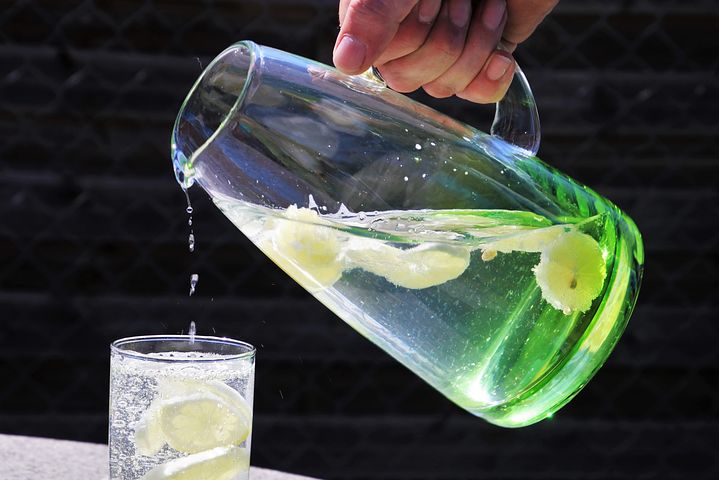
1. Fluids
With an opiate detox you will experience excessive sweating, nausea, vomiting and diarrhea…all of which can leave you dehydrated. Drinking plenty of water and other fluids such as Vitamin Water, Powerade or Gatorade will help your body restore fluids and electrolyte levels.

2. Nutrition
Proper nutrition can help you with your healing process by restoring your nutritional balance. Nutrients supply the body with energy which you will most likely be low on while detoxing. Even prior to detoxing, most addicts neglect their nutritional needs which leaves them lacking essential nutrients before coming off of opiates. Bottom line…your body is most likely depleted of nutrients and now is the perfect time to start replenishing them.

3. Supplements
During your addiction, it’s likley that your body actually had a number of nutritional deficiencies. In a study done in the Iranian Journal of Public Health, it found that people who were addicted to opiates often had deficiencies of magnesium and calcium which can cause muscle pain and spasms. By taking supplements, you will help restore your bodies deficiency in them which in turn may help to reduce those symptoms. Taking a multivitamin or other supplements can help with recovery and ease the symptoms of withdrawl. I would recommend the following supplements:
- Multivitamin
- Calcium
- Magnesium
- B6
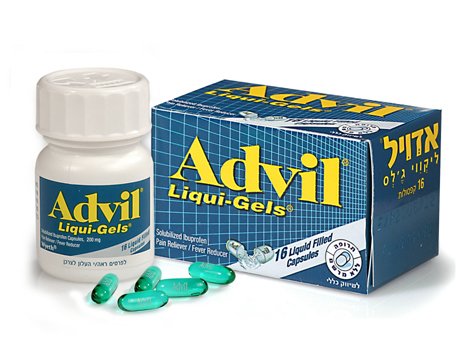
4. Over The Counter (OTC) Meds.
OTC meds may seem mild when it comes to dealing with an opiate detox but the right combination can work wonders! Here are the ones that I would recommend:
- Non-steroidal anti-inflammatory drugs (NSAIDs), such as ibuprofen (Motrin or Advil), naproxen, and aspirin for body aches and pain (since practically EVERY cell in your body will feel hypersensitive and in pain)
- Anti-nausea formulations like Pepto Bismol, meclizine (Antivert) or dimenhydrinate (Dramamine) for nausea
- Anti-diarrhea medications like Imodium for diarrhea
- Topical analgesics such as Ben Gay, Tiger Balm or Bio-Freeze for muscle aches and body/joint pain
- Natural sleep supplements such as melatonin or Valerian root or sleep meds such as Unisom or Benadryl for insomnia
As a disclosure, I am not a doctor and would recommend checking with your doctor before taking any of the supplements or OTC meds mentioned above.
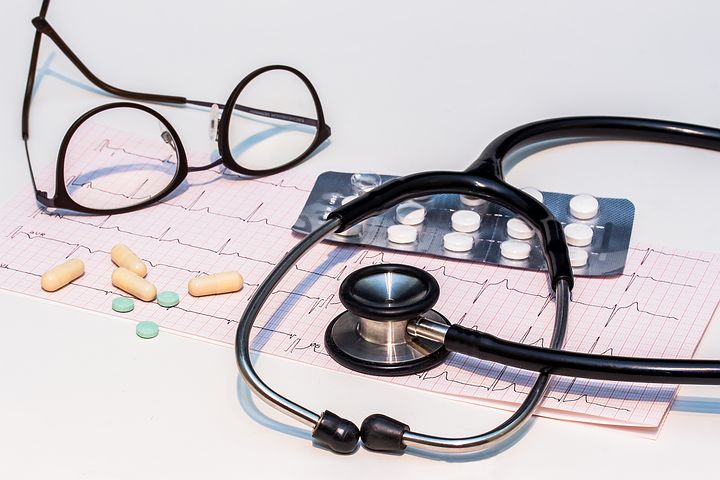
5. Pharmaceuticals
Benzos, benzos and more benzos lol…but seriously, if you can get your doctor to write you a prescription for a benzodiazepine (Valium or Xanax), your body will thank you. Benzos take the edge off of an opiate detox and help you do something that is nearly impossible any other way which is sleep. Another great prescription med to help with sleep is Trazadone which I have found easier to get a prescription for since many doctors are trying to stay away from prescribing meds that are highly addictive.
Finally, if you are able to do a taper with Suboxone, your detox will almost be as easy as a cake walk. Some people transfer from whatever opiate they were using over to Suboxone for a longer periods of time. This is what I am doing this time around and it has worked wonders and I’m almost at 2 months clean! I haven’t been sick and I am able to work on getting my life back before slowly detoxing off of Suboxone when the time is right.
Howvever, I have also done several inpatient medically supervised detoxes with Suboxone which have been by far the easiest ones I have ever done. In the past when I completed a detox this way, they would typically give me 2-4 mg every 2 hours of until my symptoms subsided (you MUST wait until you are feeling the symptoms of withdrawl or it can cause your body to go into precipitated withdrawals). Then, once you have a dose that feels right, you slowly taper off of it. I have found going down 2mg every day or two takes the edge off and you won’t end up becoming dependent on another substance.

6. Hot Baths or a Hot Tub
Many individuals in recovery from opiate addiction report that taking a hot bath is a helpful trick that can improve the experience of some withdrawal symptoms….especially wit Epsom salts to sooth those sore muscles! Muscle aches and pains, headaches, and back pain can be relaxed away by soaking in hot water. A hot bath can even help you relax enough where you may be able to get a little sleep.

7. Entertainment
The symptoms of opiate withdrawal can be overwhelming which is why entertaining yourself may prove as a helpful distraction. Distraction can bring a welcome relief from the continued frustration and discomfort that comes with the process of detoxing. Funny movies, games, books and time spent with supportive friends and family can all provide needed distraction from withdrawal symptoms.

8. Exercise
While exercise will most likely feel like that last thing that you feel like doing while you’re detoxing, it can actually be helpful and relieve a number of symptoms of opiate withdrawal. Exercise helps to release endorphins which are feel good chemicals in the brain. Light exercise like walking or other forms of mild physical activity will help you feel better by releasing those endorphins.

9. Saunas
If you have access to a sauna, it will definitely be helpful for your detox. Saunas can help you accelerate your detox, sooth sore muscles, improve circulation as well as help you to relax.
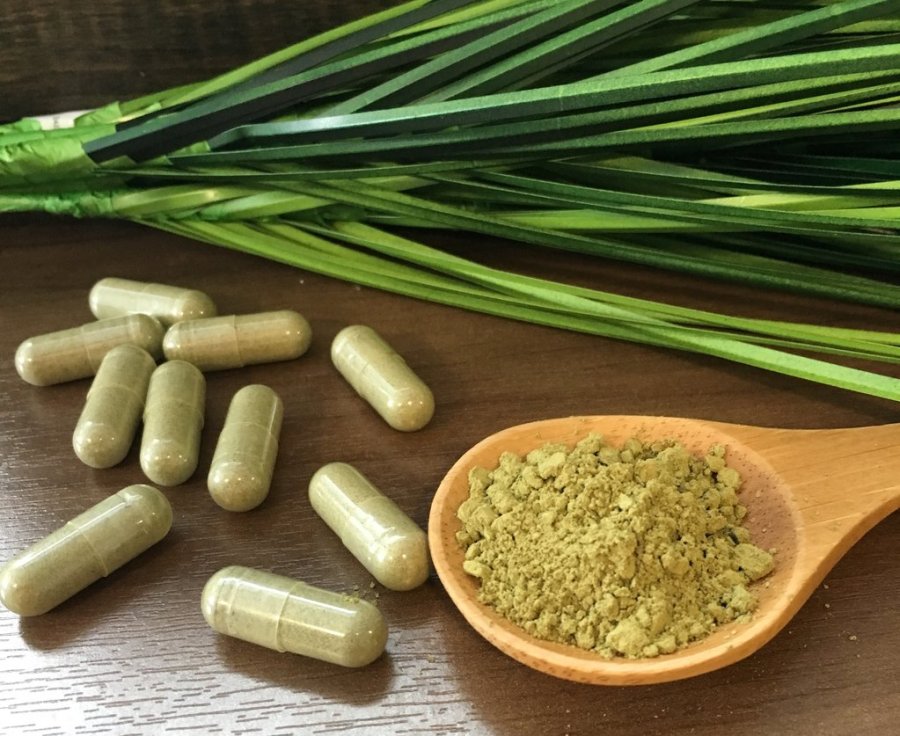
10. Kratom
Kratom comes from the leaves of the Mitragyna specioa tree and has been used for centuries for its opioid and pain relieving properties. Although it’s use for opioid detox is somewhat controversial, many people swear that it was a helpful with their detox. They claim that it has helped stop their cravings and that it improves their mood as well. There has even been some research that backs up kratoms potential to treat opioid withdrawl with very few side effects. I have personally used it in the past and found it helpful when I was detoxing (if you can get past the awful taste).
The one downside is that it can be somewhat addictive but similar to coffee….after all, the leaf is in the coffee family. While there definitely needs to be more research done on this plant and it’s incredible properties, it holds promise as a potential treatment for the opioid crisis in the future.
What tips and tricks do you find useful when it comes to detoxing off of opiates? I would love to hear more ideas in the comment section below!
